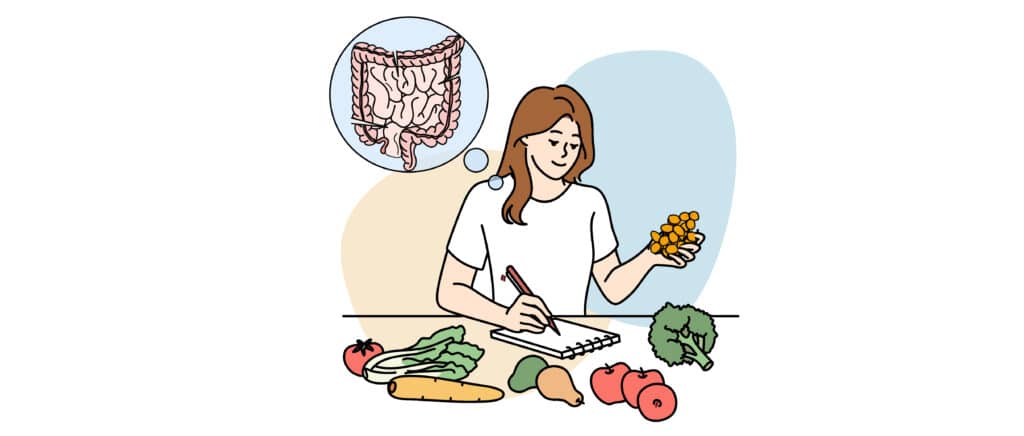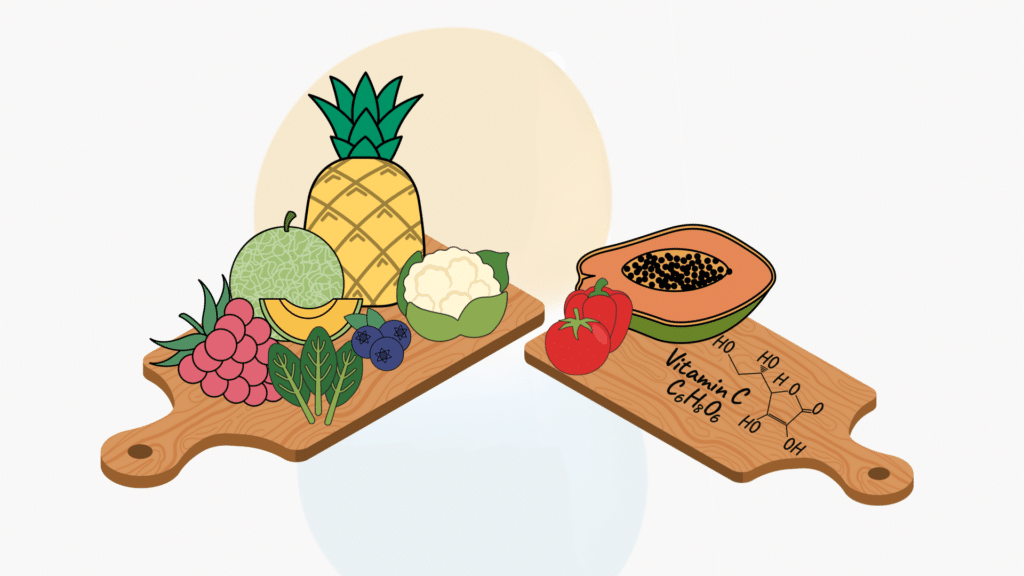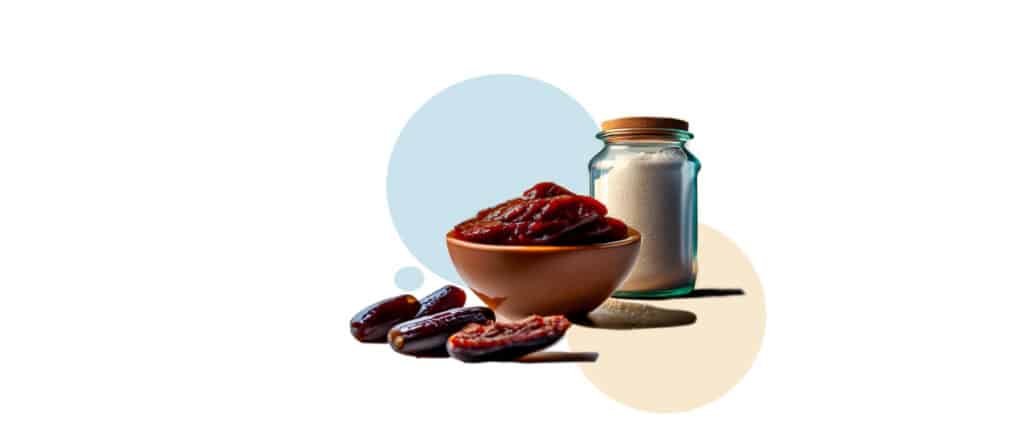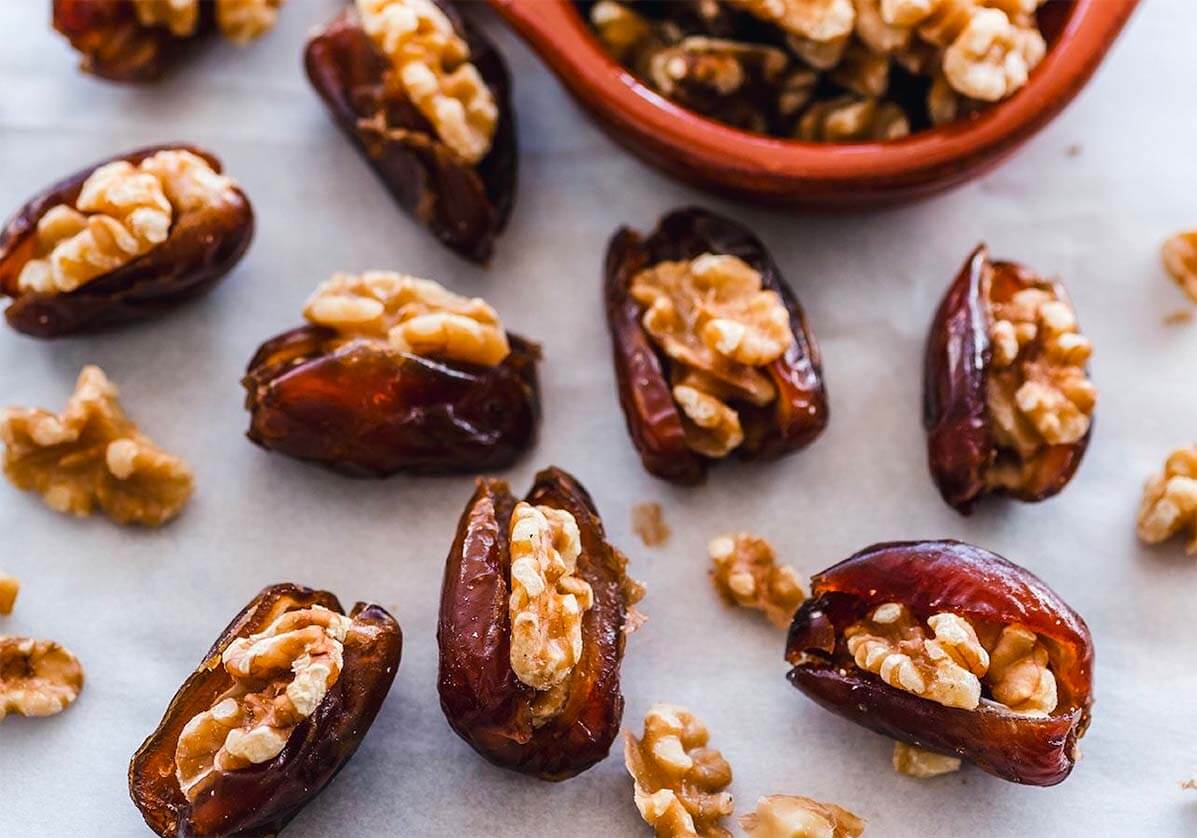What is Eid al-Fitr and How do Muslims Celebrate It?
- Ramadan
- November 24, 2021
- 12 minutes read
- What is Eid al-Fitr? It’s an Arabic phrase that means “festival of breaking fast.”
- It was celebrated last May 13 -15, 2021, which corresponds to the first three days of Shawwal, the tenth month of the Islamic calendar.
- Muslims celebrate Eid by performing a special prayer, meeting family, and friends, exchanging gifts, and eating special Eid treats.
- Muslims celebrate Eid al-Fitr to thank God for all the blessings they have, and for fulfilling their sacred duty of fasting during the holy month of Ramadan.
Every year, over 2 billion Muslims all over the world celebrate Eid al-Fitr or the “Festival of Breaking Fast.” This is observed after a whole month of fasting from dawn to sunset. At this time of the year, the Muslim society lives in an atmosphere of love, peace, and gratitude.
What is Eid?
Eid means feast or celebration. Muslims celebrate two Eids. Eid al-Fitr is the first one, and the second Eid is called Eid al-Adha.
What is Eid al-Fitr?
Eid al-Fitr is an Arabic phrase that means “Festival of breaking fast” or “ceasing to fast.” It can be written and pronounced as Eid ul-Fitr. It is also called “The Smaller Eid” or “The Lesser Eid.”This is because it lasts for three days unlike Eid al-Adha, which lasts for four days. This is also why Eid al-Adha is called “The Greater Eid.” Eid al-Fitr is held in the 10th lunar month. Meanwhile, Eid al-Adha is in the 12th Muslim month.
In order to understand what Eid ul-Fitr represents to Muslims, we need to clarify some concepts.
Islamic calendar
Islamic calendar or Hijri calendar is based on lunar months. The lunar month starts when we detect the nascent crescent moon. A lunar month usually lasts for 29 or 30 days. The lunar year is nearly 11 days shorter than the Gregorian year.
Ramadan
The auspicious month of Ramadan is the ninth lunar month in the Islamic calendar. In this month, Mohamed, the messenger of Islam, received the teachings of the Quran from Allah. Moreover, in this month, adult Muslims (apart from some exceptions) fast from dawn to sunset. Fasting in Ramadan is the fourth pillar of Islam. It means ceasing to eat, drink, or make love from dawn to sunset. This is supposed to allow for spiritual reflection. That is why Ramadan is called “the month of abstinence.”
Eid al-Fitr
Following this month of fasting, Muslims celebrate Eid al-Fitr. The Islamic calendar is shorter than the Gregorian calendar, which is solar-based. Because of this, Eid ul-Fitr can come at any season, whether winter, fall, summer, or spring.
When is Eid al-Fitr?
The timing of Eid al-Fitr is determined by detecting the crescent moon of Shawwal. Shawwal is the 10th month of the lunar calendar. Every year, after the sunset on the 29th day of Ramadan, the crescent moon is sought. If it is detected, the end of Ramadan is declared. The next day will be celebrated as Eid ul-Fitr. If the crescent moon is not detected, then Muslims will fast on the next day as the 30th of Ramadan. Celebrations on Eid-al-Fitr continue for three days. Eid ul-Fitr was last started on May 13, 2021.
Importance of Eid al-Fitr
Muslims celebrate Eid al-Fitr to show gratitude to Allah (God). They offer thanks for what blessing they have as well as the completion of their sacred duty of fasting. It is considered a reward after a whole month of abstaining from temptations and focusing on spiritual activities.
Muslims get together with their family and friends. They celebrate and connect with one another, not forgetting the people in need. It may be said that Eid represents the balance between the spiritual and materialistic life. This balance is highly encouraged in Islam.
How do Muslims celebrate Eid al-Fitr?
Muslims must not fast on the first day of Eid al-Fitr. Because of this, they have a small breakfast for the first time in a month. Everybody bathes and dresses up. Then, they gather in open areas and mosques to perform Eid prayer. This is a special kind that is different from the usual five prayers.
Eid Prayer
Praying is the second pillar of Islam. It is a connection between a Muslim and his God. Muslims pray five times a day. These prayers are preceded by Wudu (wash). Men usually pray in mosques while women mostly pray at home. Eid prayer is a special type of prayer. It is better performed in open areas.
Eid Mubarak
In Eid times, expect to hear this phrase so many times, “Eid Mubarak.” This is the Eid greeting. It means, “Blessed Eid!” Muslims use this phrase to greet one another during Eid. Another greeting is “Eid Sa’id,” which means happy Eid.
Muslim gathering
The Eid holiday is a great chance for family reunions, neighbor gatherings, and friend meetings. It is also a nice chance for those who are in dispute to reconcile. Eid time is linked to socialization. In Egypt, for example, you will find people in all public places, like gardens and beaches, enjoying Eid with their family and friends.
Zakat al-Fitr
Muslims are required to donate a small amount of food to the poor at the end of Ramadan before Eid prayer. This way, less fortunate people can be happy during Eid. This tradition of donating is obligatory for every Muslim that is capable of paying.
While Eid al-Fitr is featured by Zakat, Eid al-Adha is featured by millions of animal sacrifices all over the world. Meat is gifted mainly to those in need, and to family and friends as well. During Eid, Muslims exchange gifts, and give money bags and sweets to children.
In countries where Muslims represent the majority or a great percentage of the population, Eid ul-Fitr is considered a national holiday. Meanwhile, in the rest of the world, Muslims may take these days off work and school.
Some countries hold wonderful outdoor celebrations during Eid with fireworks and competitions. In Singapore, a spectacular light show is held in the streets of Geylang Serai. Muslims traditionally decorate their houses. Eid decorations include swinging stars and moon, balloons, lanterns, and candles with beautiful scents.
Eid Sweet Treats
Some sweets are culturally related to the times of Eid ul-Fitr. They are different across countries.
- Kleichas are the national cookies in Iraq and Saudi Arabia. They are date-filled, rose-flavored cookies.
- Baklava and Turkish delights are popular in Turkey.
- Bint al Sahn (honey cake) is prepared in Yemen.
- Kharik or Chuara, which is a dried date dessert, is popular in some areas in India, and Pakistan.
- Sheer Khurma is a rich creamy dessert with lots of dates, dried fruit, and coconut. It is commonly enjoyed in Central Asia.
- Tahini and chocolate dates, where dates are filled with tahini and nuts then dipped in chocolate. These can be enjoyed with coffee.
- Date balls with nuts, which are made of dried dates that are softened, and mixed with butter, and nuts to make balls of dough then rolled in coconut, is everybody’s favorite.
- Kahk is a traditional cookie in Egypt. Families used to gather a few days before Eid to make Kahk. Almost all the women and children of the family participated in its decoration.
These blessed celebrations and the associated traditions refresh the Islamic spirit of love, gratitude, and sharing. They constitute wonderful memories for kids with their grandparents and cousins.
Summary
Eid al-Fitr is celebrated by Muslims all over the world at the end of Ramadan, the holy month of fasting. They celebrate the accomplishment of their sacred duty of fasting from dawn to sunset for the previous month, Ramadan. The main theme in Eid is gratitude for God, love, gathering, and sharing.








